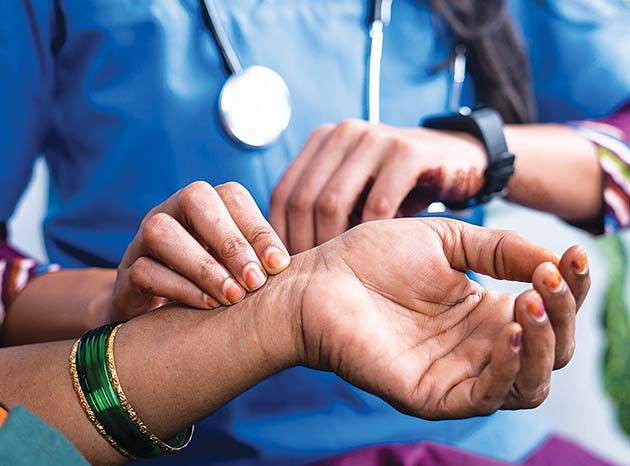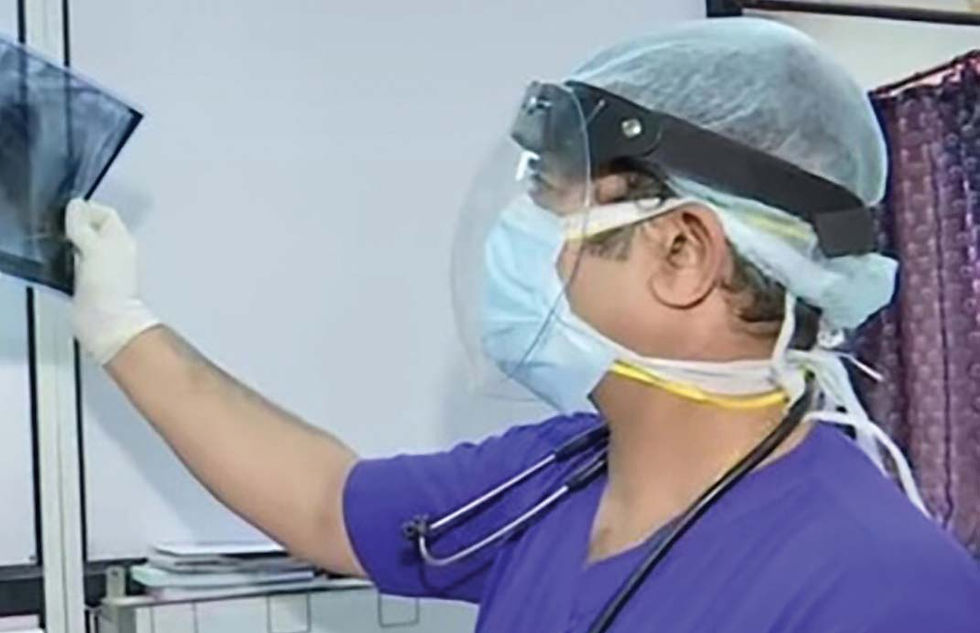Maharashtra’s Healthcare Progress Amidst Challenges
- Abhijit Mulye

- Oct 17, 2024
- 3 min read
Updated: Oct 22, 2024

PM Modi’s inauguration of 10 government medical colleges in Maharashtra increased the total from 28 to 63 in a decade. While this improves healthcare access, there’s more than meets the eye in health infrastructure development.
In an emerging economy like India, the health sector’s performance is often suboptimal due to an increased burden of factors like underdevelopment, political instability, weak institutions, inadequately developed social sectors, scarcity of resources, and marked social inequalities. Though huge budget outlays have been made by the government under ambitious social sector schemes like the National Rural Health Mission, accessibility of low-cost healthcare continues to elude many.
Healthcare accessibility is a multifaceted issue. It is not just about whether there’s a hospital or clinic nearby or if a person has health insurance. It encompasses a spectrum of barriers that can prevent people from receiving the care they need and deserve.
Geographical barriers can create significant difficulties, especially in rural and remote areas where healthcare services might be miles away. Transportation can be a hurdle in these cases, particularly for those with chronic conditions requiring frequent visits. Financial barriers, too, are a major issue. Even with insurance, the co-pay cost, prescriptions, and treatments can be prohibitive. For those without insurance, the situation is even more daunting. More than these two, cultural and linguistic barriers are sometimes a major barrier to accessible healthcare. Because such barriers can affect patient-provider communication, resulting in less effective care. This could mean a language difference, but it could also involve cultural beliefs about health and healing that diverge from Western medicine. Last but not least; health literacy, i.e. the ability to understand and use health Information to make decisions is a barrier that often goes unnoticed. Without it, people might struggle to navigate healthcare systems, understand their health conditions, or adhere to treatment plans.
With this backdrop, one must look at the recent spread of healthcare infrastructure in Maharashtra. It has a well-developed health infrastructure with a three-tier system to provide comprehensive health services, especially in rural areas. Maharashtra has implemented various national and state-level programmes and schemes to foster holistic development. The current healthcare infrastructure of the state has 10,580 sub-centres, 40 mobile medical units, 1,811 primary health centres (PHCs), 387 rural hospitals, 25 sub-district hospitals (100 beds), 56 sub-district hospitals (50 beds), 4 general hospitals, 1 other hospital, 23 district hospitals, 2 super speciality hospitals, 4 mental health institutes, 11 women hospitals, 4 TB hospitals, and 7 health & family welfare training institutions. With the newly added physical infrastructure, the state will soon have one of the best healthcare facilities. But that is just one aspect of it. To make healthcare accessible, the Public Health Department of the Maharashtra government has implemented information and communications technology (ICT) projects.
With low-cost innovation, cheap mobile handsets, and more ‘inclusive’ solutions filling in crucial gaps in health information and access, technology has the potential to grow capacity in this sector tremendously. Under the e-Governance ambit, the public health department has developed multiple applications catering to its internal needs. The department also focused on providing various citizen-centric services, and employee-centric services aiding all employees and citizens towards a more channelled, informative, and processed approach. The department’s primary focus was on these five pillars: human resource management, hospitals and medicines, communication, administration, and citizen-centric.
When the decision-makers started working on a solution, they realised the problems were manifold. Some of them were difficulty in tracking expenditure on schemes and programmes; absence of information related to physical assets; brick-and-mortar infrastructure gaps; capacity building; training of health professionals who are ICT-illiterate; and the lack of primary healthcare staff; lack of concrete information about the deployment of medical staff. Due to data collection occurring at various levels and frequencies in real-time, consolidated information was unavailable, and there were issues of duplicity, no effective management of demand and distribution of drugs, no effective management of patient care and medical records, a lack of standardisation in architecture, data standards, disease, and service codes, etc. When efforts to address these challenges began, the goals were to improve the department’s internal efficiency, enhance transparency, provide cost-effective, efficient, and secure services to citizens, and empower the general public.
The reforms began with administration-centric projects that included a biometric attendance system, e-files, and the implementation of the NRHM e-office. Development of applications for tracking mother and child, citizen-centric measures such as creating software to help people track the availability of doctors, ASHA search, schemes like Aamchi Mulgi, and SADM – Disability Software formed the advanced steps. Measures on the communications front like health advisory call centres and the development of pull SMS systems for hospitals, PHCs, school health, and Mobile Medical units, have formed a strong base to make healthcare services accessible to all in the state.





Comments